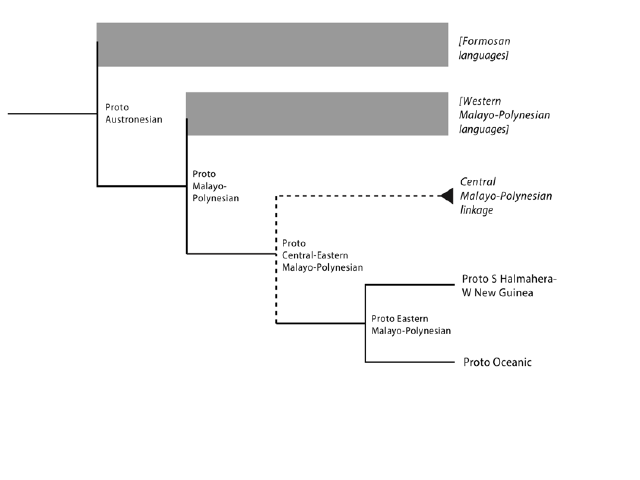Methods in Malayo-Polynesian comparative-historical linguistics

Authors:
Citation:
Details:
Published: 8 August, 2024.
Download:
Abstract:
This chapter considers methodological issues in the classification and subgrouping of Malayo-Polynesian (MP) languages. It compares applications of the traditional comparative method and newer Bayesian phylogenetics in Austronesian historical linguistics, arguing that they present complementary rather than competitive approaches. The comparison can be used to illuminate contentious points in the MP tree. The chapter discusses the application of methods to MP by alluding to the higher-order phylogeny of Austronesian on which most Austronesianist historical linguists agree.
Related links / Media:
Nothing found.